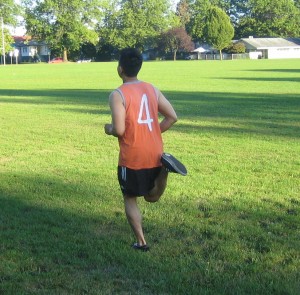Hives are red and itchy bumps that develops on the skin which is usually caused by an allergic reaction to a drug or food. An allergic reaction that triggers the release of chemicals that makes the skin swells up in hives. It can also be caused by stress and infections. Sometimes, hive can also cause swelling of the airways which causes difficulty in breathing and there is a need to seek medical help immediately.
Hives in children are usually caused by an allergic reaction to insect stings, foods or certain medications. The body reacts to the allergen and the body will release histamine which causes swelling and redness due to hives. Take note that viral infection can also cause hives. Hives or urticaria can happen suddenly, spread rapidly and can last for days or even weeks.
Some foods that can cause hives in children include strawberries, nuts, peanuts, and milk, chocolate and wheat products. Food allergies in children are hard to determine, thus foods should be introduced to the diet of the child one at a time.
Teenagers sometimes find it hard to balance school and home life while working part-time jobs can be very stressful. Stress can also cause hives in teens. Some children are allergic to penicillin, sulpha drugs that are used in different types of antibiotics are common drugs that cause reactions in children and also aspirin can cause reaction in children. Iodine that is found in dye that is utilized in CT scans can also cause hives in some children.
Some children can cause hives from pet dander of animals especially from cats and rabbits and also materials such as nylon, latex, soap as well as fabric softeners.

Treatment
- Treat the affected child immediately.
- Bathe the child using soap and water in order to remove any substances found in the skin that can cause allergic reactions, especially if the hives happens in one area of the body or if the child was exposed outside with a topical allergen.
- Give the child prescribed over-the-counter antihistamine such as Benadryl once the hives starts to develop.
- Apply a cold compress over the affected area in order to help minimize the swelling and itching.
- Massage the affected area using a cold pack at least for 20 minutes. Another remedy is taking a cool bath every a couple of hours is also helpful with the condition.
- Avoid taking hot showers and bath, tight-fitting clothing and other things that causes irritation on the skin since these can also make the itching and swelling worse.
- Use the prescribed over-the-counter hydrocortisone cream in order to help lessen itchiness caused by hives. Use mild cream on hives that develop among children.
- If the child develops worsening reactions such as difficulty breathing, swollen face or tongue, pale skin, wheezing and persistent vomiting, seek medical help immediately.
